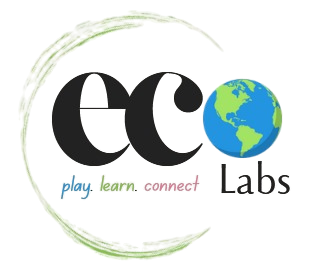Wee-Ones, November/December 2007 issue
When Heide Schulz, a professor in Germany, told her friends, “I saw a big bacterium,” they laughed in disbelief. Bacteria, they all knew, were tiny creatures. One needs microscope to see them. Heide showed them the bacteria. They were stunned. Like string of pearls, the large bacteria shone in many colors–blue, green, and white specks. They were the size of the period at the end of the sentence. Meet the giant microbe.
Giant? Well yes…in a way. The newly discovered bacterium is about the size of a blue whale in the bacterial world, while the other bacteria are about the size of a newborn mouse!
The bacteria was named as, ‘Sulfur Pearl of Namibia.’ In 1999, scientists discovered this bacterium in Namibia. Here, it lives in sediments that have low oxygen, but high hydrogen sulfide. Most animals will die under these conditions.
The sulfur pearl bacterium uses many tricks to survive. It literally holds it breath, until it is safe to breathe! The bacteria have a large vacuole taking up most of the cell space. In this vacuole, it stores chemicals, like a living lab, to make energy. A mucous sheath connects several bacteria, form single strands of unattached cells. Here, the bacteria simply grab or wait for the nutrients to pass by! The sulfur pearl is not alone among the giants. Epulos, found in the gut of Surgeonfish is another giant microbe. The Surgeonfish live in the coral reefs. They feed on the algae and other plants. For several years, scientists thought that the spots on the guts were Protists. Finally, scientists used DNA to identify them as bacteria.
Bacteria cannot grow into large organisms because they have little capacity to transport food. They depend on diffusion to move food into their body and remove waste out of it. If the surface area of the cell is small, then diffusion will be limited. If the bacterium grows too big, then, there is not enough surface area to absorb all nutrients that the cell needs to survive.
Epulos has several ‘acts’ that help them to thrive. It resembles a ball, a crumpled paper bag ball. The wrinkles have many pockets and folds that increase the surface area of cell membrane. This allows them to absorb more nutrients.
Discovery of these giant bacteria shows how little we know about the life on Earth. The sulfur pearl, for instance is important for recycling the carbon, nitrogen and Sulfur. Without these elements, life cannot survive on Earth. They help in transfer of these elements to the oceans, sediments, atmosphere and other organisms.
No place is too unfriendly for bacteria to live. Since they recycle nutrients, their role is crucial for all our survival. If small bacteria can do so much, imagine how much humans can do.
Dictionary:
Diffusion: The process by which the particles of solid, liquid, or gas move from a region of higher to a lower crowding.
DNA: Deoxyribonucleic acid carries the cells genetic information.
Protists: A microbe that is closely related to humans. They are different from bacteria.
Surface area: Imagine a bacterial cell stretched out flat. It would occupy some space, which is known as the surface area.
